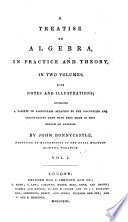 | John Bonnycastle - Algebra - 1813 - 456 pages
...Hence the logarithm of a fraction, or of the quotient arising from dividing one number by another, is equal to the logarithm of the numerator minus the logarithm of the denominator. And if each member of the equation a* = y be raised to the fractional power -, we shall have a" = y"... | |
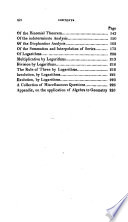 | John Bonnycastle - Algebra - 1818 - 284 pages
...Hence the logarithm of a fraction, or of the quotient arising from dividing one number by another, is equal to the logarithm of the numerator minus, the logarithm of the denominator. And if each member of the common equation ax=y be raised to the fractional power denoted by — , we... | |
 | James Ryan - Algebra - 1824 - 550 pages
...Hence the logarithm of a fraction, or of the quotient arising from dividing one number by another, is equal to the logarithm of the numerator minus the logarithm of the denominator. 508. And if each member of the equation, ax=y. m be raised to the fractional power «, we shall have... | |
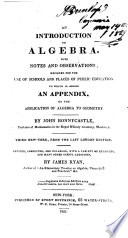 | John Bonnycastle - Algebra - 1825 - 336 pages
...Hence the logarithm of a fraction, or of the quotient arising from dividing one number by another, is equal to the logarithm of the numerator minus the logarithm of the denominator. And if each member of the common equation ar=^y be raised to the fractional power denoted by — ,... | |
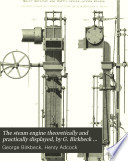 | George Birkbeck - 1827 - 166 pages
...Substituting these conditions in the above general formula, and bearing in mind that the logarithm of a fraction is equal to the logarithm of the numerator, minus the logarithm of the denominator, we shall have the three following equations of conditions : - 0 4259687 = 25 o + 635 b + 15625 c -... | |
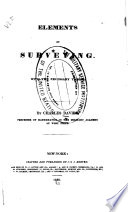 | Charles Davies - Surveying - 1830 - 318 pages
...number of ciphers between the decimal point and the first significant place of figures ; therefore, the logarithm of a decimal fraction is found, by considering it as a whole number, and then prefixing to its logarithm a negative characteristic, greater by unity than the number of ciphers between the decimal... | |
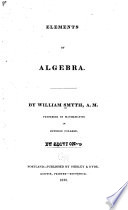 | William Smyth - Algebra - 1830 - 278 pages
...therefore by adding the logarithm of 5 to that of 7. Since moreover the logarithm of a fraction will be equal to the logarithm of the numerator minus the logarithm of the denominator, it will be sufficient to place in the tables the logarithms of entire numbers. 216. If in the equation... | |
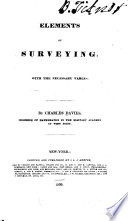 | Charles Davies - Surveying - 1830 - 390 pages
...number of ciphers between the decimal point and the first significant place of figures ; therefore, the logarithm of a decimal fraction is found, by considering it as aw/ioL number, and then prefixing to its logarithm a negative characteristic, greater by unity than... | |
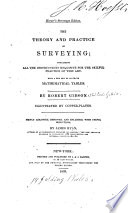 | Robert Gibson - Surveying - 1833 - 436 pages
...number of ciphers between the decimal point and the first significant place of figures ; therefore, the logarithm of a decimal fraction is found, by considering it as a whole number, and then prefixing to its logarithm a negative characteristic, greater by unity than the number of ciphers between the decimal... | |
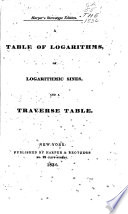 | Logarithms - 1836 - 192 pages
...number of ciphers between the decimal point and the first significant place of figures ; therefore, the logarithm of a decimal fraction is found, by considering it as a whole number, and then prefixing to its logarithm a negative characteristic, greater by vmty than the number of ciphers between the decimal... | |
| |